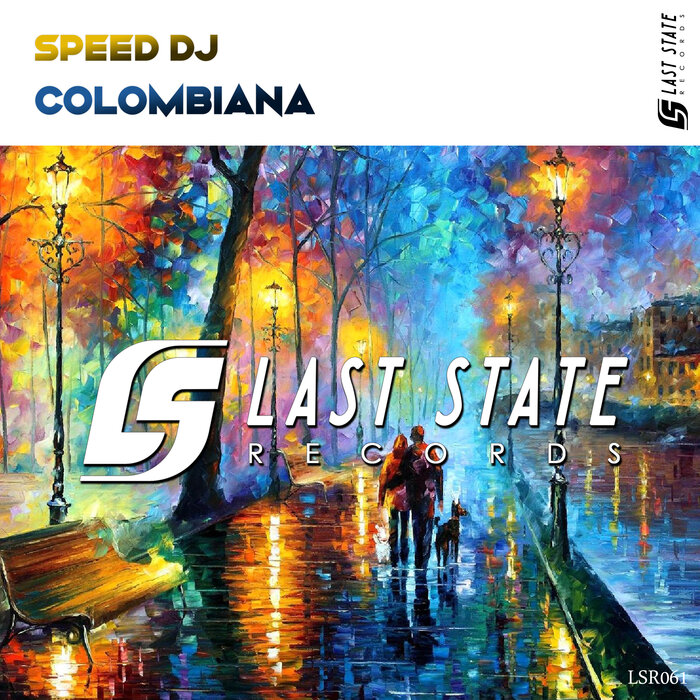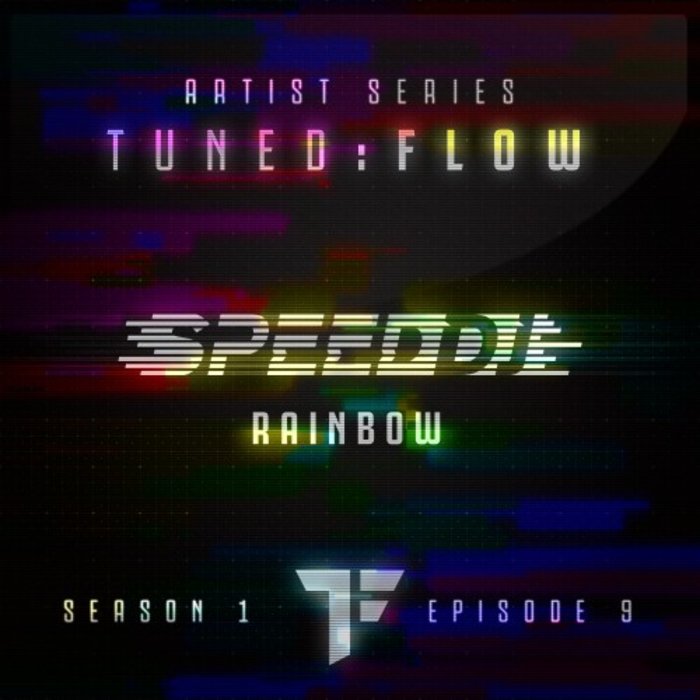Let’s get one thing straight—speed DJing isn’t just about spinning records faster. It’s an art form that requires precision, skill, and a whole lot of practice. If you’ve ever wondered how DJs can seamlessly transition between tracks at lightning speed without missing a beat, you’re in the right place. This article dives deep into the world of speed DJing, breaking down everything from its basics to advanced techniques.
Think about it—what separates a good DJ from a great one? Speed DJs take it to the next level by mastering the ability to blend tracks so fast that it feels like magic. But trust me, there’s no smoke or mirrors here. It’s all about technique, timing, and knowing your music inside out. Whether you’re a beginner looking to get started or a seasoned DJ aiming to sharpen your skills, this guide has got you covered.
We’re gonna break it down step by step, so buckle up. From the history of speed DJing to the tools you’ll need and the tips that’ll make you a pro, we’ve got all the details you need to turn up the tempo and take your DJ game to new heights. So, grab your headphones, fire up your mixer, and let’s get this party started!
Read also:Spank Horton The Rising Star In The Music Industry You Need To Know About
What Exactly is Speed DJing?
Speed DJing is all about pushing the limits of traditional DJing. It’s not just about playing music—it’s about creating a seamless experience where tracks blend so smoothly that you can’t even tell where one ends and the other begins. This style of DJing focuses on fast transitions, quick cuts, and intricate mixing techniques that leave audiences in awe.
Here’s the deal—speed DJs don’t just rely on software or pre-set loops. They use their hands, ears, and instincts to create something truly unique. It’s like painting with sound, where every stroke (or in this case, every beat) matters. And let’s be real—if you’ve ever seen a speed DJ in action, you know it’s a spectacle worth witnessing.
Why Speed DJing Matters
In today’s music scene, standing out is everything. Speed DJing gives you that edge. It’s not just about playing popular tracks—it’s about how you play them. By mastering the art of fast mixing, you can create a sound that’s unmistakably yours. Plus, let’s face it—there’s nothing more satisfying than watching a crowd go wild when you drop a perfect transition.
And here’s the kicker—speed DJing isn’t just about impressing people. It’s also about improving your skills as a DJ. When you push yourself to mix faster, you naturally become more precise and efficient. It’s like working out for your brain and your hands—it keeps you sharp.
The History of Speed DJing
Speed DJing didn’t just pop up overnight. It’s been around for decades, evolving alongside the music industry. Back in the day, DJs used vinyl records and turntables to create their magic. The process was slower, but it laid the foundation for what we know today.
As technology advanced, so did the tools available to DJs. Digital mixers, software, and controllers made it easier to experiment with faster tempos and more complex mixes. Today, speed DJing is a recognized style that’s celebrated in clubs, festivals, and even competitions around the world.
Read also:Cup N Char Buffalo Ny Pizza Your Ultimate Guide To Cheesy Perfection
Tools of the Trade: What You’ll Need
Alright, let’s talk gear. To become a speed DJ, you’ll need the right tools. Here’s a quick rundown of what you’ll need:
- Mixer: A good mixer is essential for blending tracks smoothly. Look for one with plenty of channels and effects.
- Turntables or Controllers: Whether you prefer vinyl or digital, having reliable equipment is key. Make sure it’s responsive and easy to use.
- Headphones: These are your best friend as a DJ. They allow you to cue tracks and hear what’s coming up next without interrupting the current mix.
- Software: Programs like Serato or Traktor can help you manage your library and create complex mixes with ease.
Now, I know what you’re thinking—“Do I really need all this stuff?” The short answer is yes. While you can practice with basic equipment, having the right tools will make a huge difference in your performance.
Mastering the Basics: Techniques for Beginners
Before you start spinning at warp speed, you need to master the basics. Here are a few techniques to get you started:
Beatmatching: This is the foundation of DJing. It involves aligning the beats of two tracks so they play in sync. Practice until it becomes second nature.
Crossfading: This technique allows you to transition smoothly from one track to another. Experiment with different crossfade settings to find what works best for you.
Scratching: While not essential for speed DJing, scratching can add a cool element to your mixes. Start with simple techniques and work your way up.
Tips for Improving Your Speed
Once you’ve got the basics down, it’s time to start working on your speed. Here are a few tips to help you up your game:
- Practice, Practice, Practice: The more you practice, the faster you’ll get. Set aside time each day to work on your skills.
- Use Metronomes: These can help you stay on beat while you’re practicing. It’s like having a personal coach for your ears.
- Listen to Other DJs: Pay attention to how they mix their tracks. You might pick up some new tricks along the way.
Advanced Techniques: Taking It to the Next Level
Once you’ve mastered the basics, it’s time to start experimenting with more advanced techniques. Here are a few to try:
Hot Cues: These allow you to jump to specific parts of a track instantly. Use them to create dynamic transitions and add variety to your mixes.
Looping: This technique lets you repeat a section of a track for as long as you want. It’s perfect for building tension or creating interesting patterns.
Effects: From reverb to delay, effects can add depth and texture to your mixes. Don’t be afraid to experiment with different settings to find what works best for you.
Common Mistakes to Avoid
As with any skill, there are common mistakes to watch out for. Here are a few to avoid:
- Rushing: Speed DJing is about precision, not just going fast. Take your time to ensure each transition is smooth.
- Overusing Effects: While effects can enhance your mixes, using too many can make them sound cluttered. Use them sparingly for maximum impact.
- Ignoring the Crowd: Always pay attention to your audience. If they’re not responding to a particular track or style, switch it up.
The Psychology of Speed DJing
Speed DJing isn’t just about physical skills—it’s also about mental focus. Here’s how you can train your mind to keep up with your hands:
Mindfulness: Stay present in the moment. Focus on what you’re doing right now, not what you did five minutes ago or what you’re planning to do next.
Confidence: Believe in yourself and your abilities. The more confident you are, the easier it’ll be to push your limits.
Adaptability: Be ready to change things up on the fly. Sometimes, the best mixes come from unexpected places.
Success Stories: DJs Who’ve Made It Big
Let’s talk about some of the biggest names in speed DJing. These DJs have taken the world by storm with their incredible skills:
DJ Storm: Known for her lightning-fast mixing, DJ Storm has won numerous awards and performed at some of the biggest festivals in the world.
DJ Qbert: A pioneer in the art of scratching, DJ Qbert has inspired countless DJs with his innovative techniques.
DJ Craze: With multiple DMC World DJ Championship titles under his belt, DJ Craze is a true legend in the world of speed DJing.
What Can You Learn from Them?
These DJs didn’t become legends overnight. They worked hard, practiced consistently, and pushed themselves to new heights. Take inspiration from their journeys and apply it to your own path.
Final Thoughts: Ready to Hit the Decks?
Speed DJing is a journey, not a destination. There’s always room to grow and improve. By mastering the basics, experimenting with new techniques, and staying true to your style, you can create something truly unique.
So, what are you waiting for? Grab your gear, fire up your software, and start spinning. And don’t forget to share your mixes with the world—your fans are waiting!
Table of Contents
- What Exactly is Speed DJing?
- Why Speed DJing Matters
- The History of Speed DJing
- Tools of the Trade: What You’ll Need
- Mastering the Basics: Techniques for Beginners
- Advanced Techniques: Taking It to the Next Level
- The Psychology of Speed DJing
- Success Stories: DJs Who’ve Made It Big
- Common Mistakes to Avoid
- Final Thoughts: Ready to Hit the Decks?

